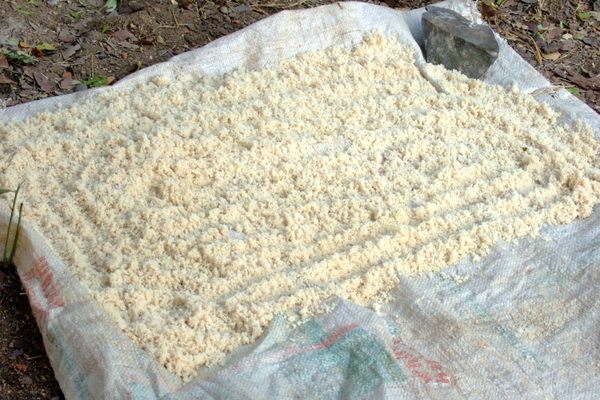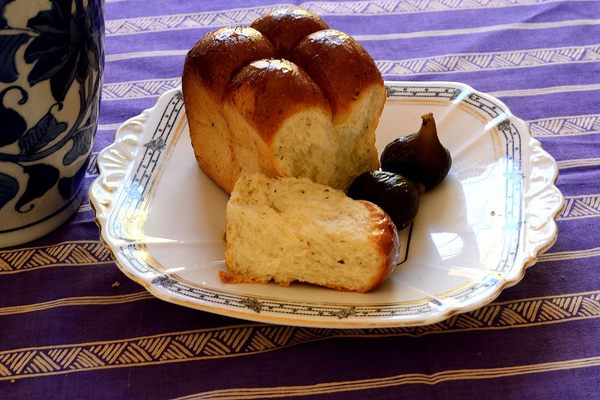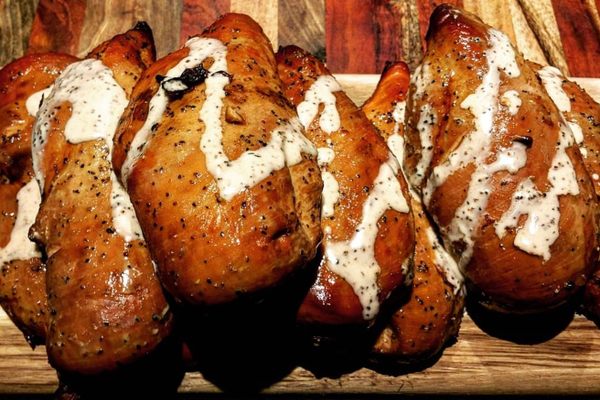Ingredients & Condiments
Monkey Gland Sauce
No primates were harmed in the making of this South African steak sauce.
South Africans don’t think twice about slathering their steaks with monkey gland sauce. And it’s not just reserved for steak—they douse springbok, ostrich, wildebeest, and kudu with the chunky topping, as well.
Don’t worry, no one’s smearing monkey parts on wild game. Monkey gland sauce is actually made from a hodgepodge of widely known premade sauces. Ketchup, Worcester, white wine vinegar, and chili chutney are all simmered together, along with onions, garlic, and tomatoes. The result is a warm, chunky, sweet-savory condiment that complements just about every meat.
As to the sauce’s origin, theories abound. One oft-repeated story claims that French chefs at the Carlton Hotel in Johannesburg intentionally made a low-brow condiment after their own sauces went unappreciated by the “uncultured” clientele. Much to their delight—or perhaps chagrin—it was a smash hit. Another theory points to the Savoy Hotel in London. According to lore, one Dr. Serge Voronoff was a regular guest and he preferred a brandied steak that may have been the predecessor to the South African steak sauce. Why “monkey gland”? Voronoff was famous for literally implanting slices of monkey testicles into impotent men.
Thankfully, that medical craze didn’t last. But the sauce did. No braai—Afrikaans for “grill”—is complete without a hefty helping of monkey gland sauce to accompany the whopping cuts of assorted charred meat. And while there are no monkey glands present in the sauce, the recipe does contain Balls. South Africans have a favorite chutney they use to make their beloved condiment. It’s called Mrs. Balls.
Written By
 rachelrummel
rachelrummel

















